White Cedar Tree
Melia Azedarach
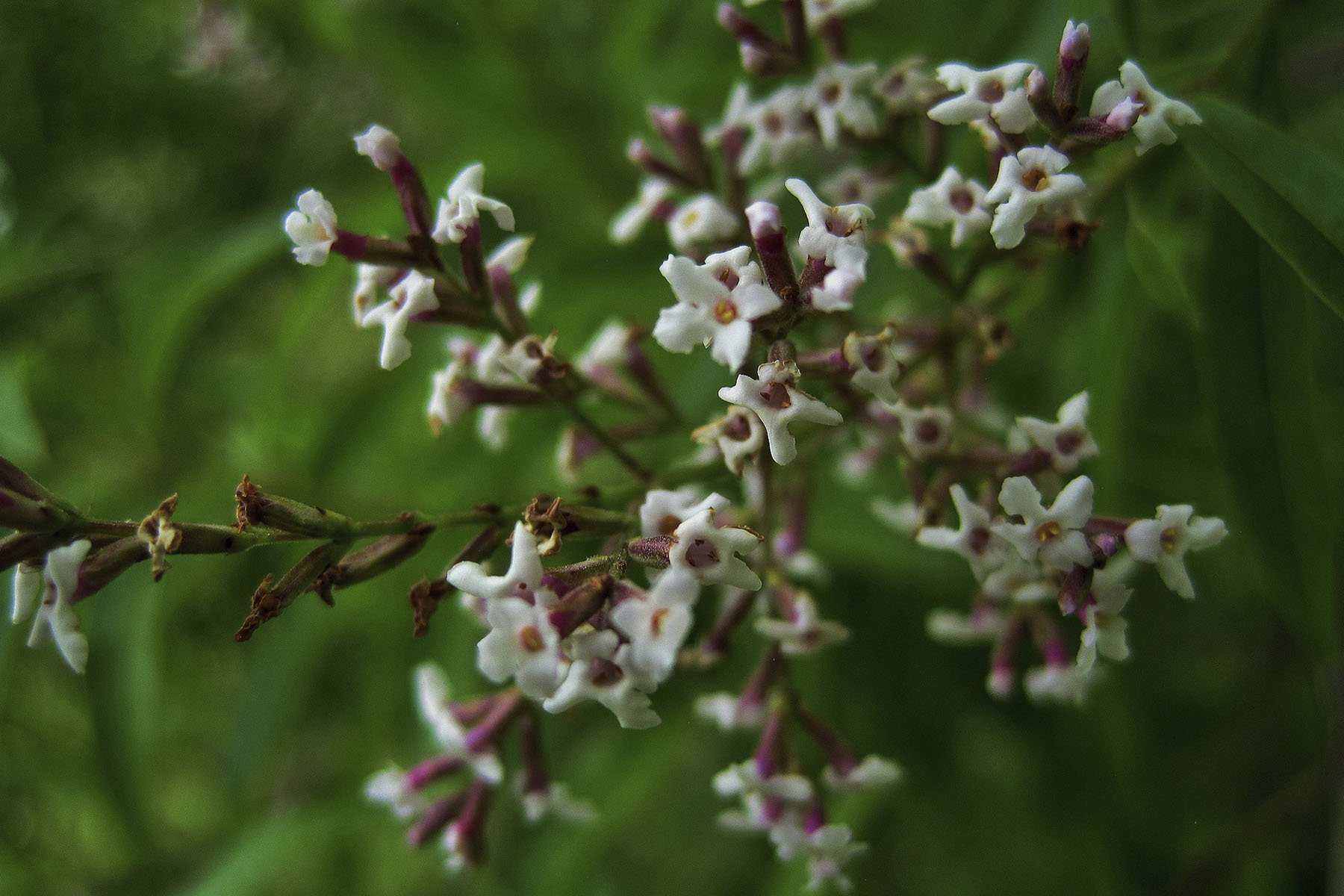
The White Cedar (Melia azedarach) belongs to the Mahogany family and is commonly known by many names including, chinaberry tree, Pride of India, bead-tree, Cape lilac, Persian lilac and Umbrella Tree.
White Cedar is native to Australia and South East Asia. It is a beautiful shade tree with a dense canopy that is extremely drought tolerant. It grows from north Queensland through to the south coast of New South Wales, but it has also become naturalised in other areas of Australia, including the Kimberley region of Western Australia and southern parts of South Australia.
There aren’t many plants native to Australia that are winter deciduous, yet this is one of them. In Spring, when the new glossy leaves emerge, the tree starts flowering and can continue to do so into the Summer months. The flowers have a delicious chocolate-like fragrance and they grow in pretty starry lilac and white clusters and the foliage is also a lovely feature; this is a very pretty tree and a delight to sit under.
Apart from its drought tolerance it thrives in a wide variety of soil types, is quite frost tolerant and has been categorised by some as being fire retardant.
The White Cedar is a popular ornamental street tree with a small rounded canopy spread of 10m or more and up to about 6 - 20m in height under the right conditions. The tree can live to anywhere between 20 – 40 years and its foliage transitions from a dark green to a pale yellow in Autumn.
Many parts of the tree appear to be toxic, although not the fleshy part of the fruit which birds are highly attracted to and they help disperse the seed. This makes the trees quite resistant to termite damage and their poison does protect them from grazing mammals and some insects. Despite this, white cedar has been widely used as a medicinal plant by indigenous cultures, especially for intestinal parasites. The seeds have been widely used to make beads by indigenous peoples in Asia and Australia, and hence why in some places the tree is referred to as the Bead Tree.
_
Lagerstroemia
Lagerstroemia, is commonly known as Crepe Myrtle and there is a genus of around 50 species of deciduous and evergreen trees and shrubs.
Cornus kousa ‘Chinensis
Dogwoods are part of the Cornaceae family, and they are a hardy adaptable tree.
Hatiora Salicorniodes
Naturally found growing on the surfaces of trees where they attach to the branches.
Leucadendron argenteum
The Silver Dollar Maidenhair is an extremely attractive evergreen fern that looks like a Maidenhair with oversized foliage.
Adiantum Peruvianum
The Silver Dollar Maidenhair is an extremely attractive evergreen fern that looks like a Maidenhair with oversized foliage.
Madagascar Palm
This is a sun-loving plant that puts out all their new growth in the summer months.
Madagascar Palm
This is a sun-loving plant that puts out all their new growth in the summer months.
Ficus benghalensis
If you’re in the market for a new type of Ficus to grow indoors, here it is.
Agonis flexuosa
Agonis flexuosa is a beautiful species of tree that grows in the southwest region of Western Australia and is also known as Peppermint Willow.
Medinilla magnifica
Medinilla magnifica is arguably the most famous and flamboyant species of the genus.
Leucadendron laureolum hybrid
This shrub requires a full sun position and well-draining soil and has low water requirements once the plant is established.
Banksia blechnifolia
Banksia blechnifolia is a stunning prostrate shrub found in Western Australia that flowers in Spring.
Mahonia Japonica
Mahonia japonica is a beautiful species of flowering plant that belongs in the Berberidacea family, native to Taiwan.
Boronia Serrulata
A wonderful plant to use as a feature plant or in borders, or rockeries in the garden where it will thrive.
Phylica Pubescens
Featherhead is a waterwise plant that likes a full sun position with well drained acidic soil with a low PH.
Homalocladium Platycladum
A very bizarre member of the rhubarb and buckwheat family, all you see are the stems.
Alocasia Micholitzia ‘Frydek’
This tropical plant looks so beautiful but be warned it is toxic if ingested by people or fur babies, so keep it out of reach.
Sambucus Nigra
This large, upright deciduous shrub has striking, lacy, purple-black leaves from spring through to autumn.
Pittosporum Crassifolium
Pittosporum crassifolium is commonly known as Karo, and is a small evergreen tree or shrub that is native to New Zealand.
Hakea Bucculenta
Hakea bucculenta is commonly known as ‘red pokers’ and is a large evergreen shrub in the family Proteaceae, which is endemic to Western Australia.
Eremophila lachnocalyx
A flowering plant in the figwort family Scrophulariaceae and is an erect, spreading shrub.
Banksia cuneate or Matchstick Banksia
Banksia cuneate is highly susceptible to damage from climate change and intensive urbanisation as well.
Rex Begonia
An evergreen, rhizomatous perennial with an upright habit, and magnificent, vibrant foliage.
Allauadia procera
Like snakes on a Medusa’s head, the stems often fork off in a pendulous direction before curving back upwards.
Why You Should Grow Gotu Kola in Your Garden
Harvest the leaves for their health benefits. Gotu kola (Centella asiatica) is often referred to as Pennywort, Pennyweed or Spadeleaf.
Begonia maculata
Begonia maculata or Polka Dot begonia as it’s often called, is a stunning show-stopper to grow in your garden or have as an indoor pot-plant.
Dry Climate Lover
Naturally a ghostly wax colour and olive green in hot sunny conditions.
Pennisetum Alopecuroides ‘Nafray’
Native to Australia and not to be confused with the South African variety of Foxtail Grass (Pennisetum setaceum).

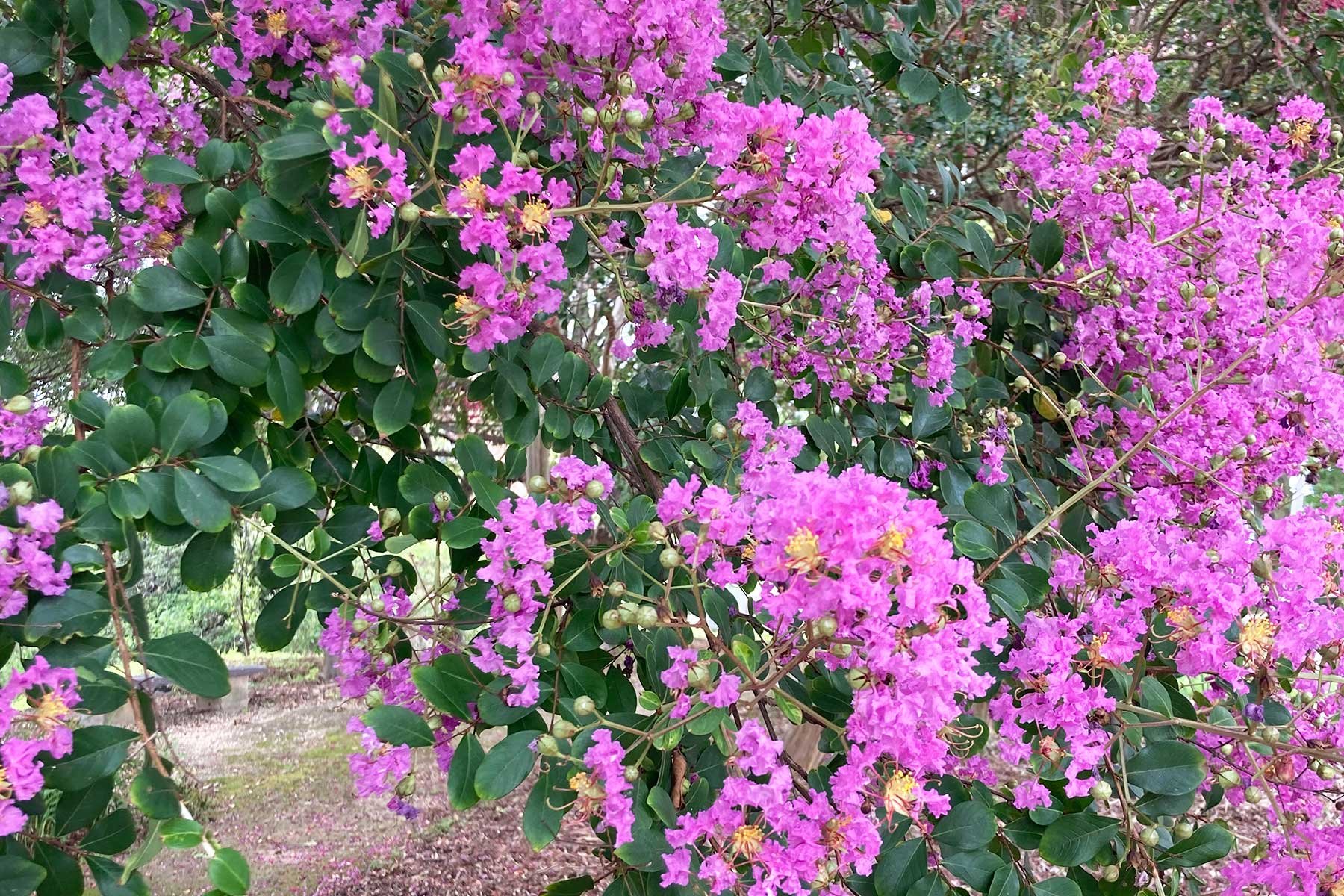
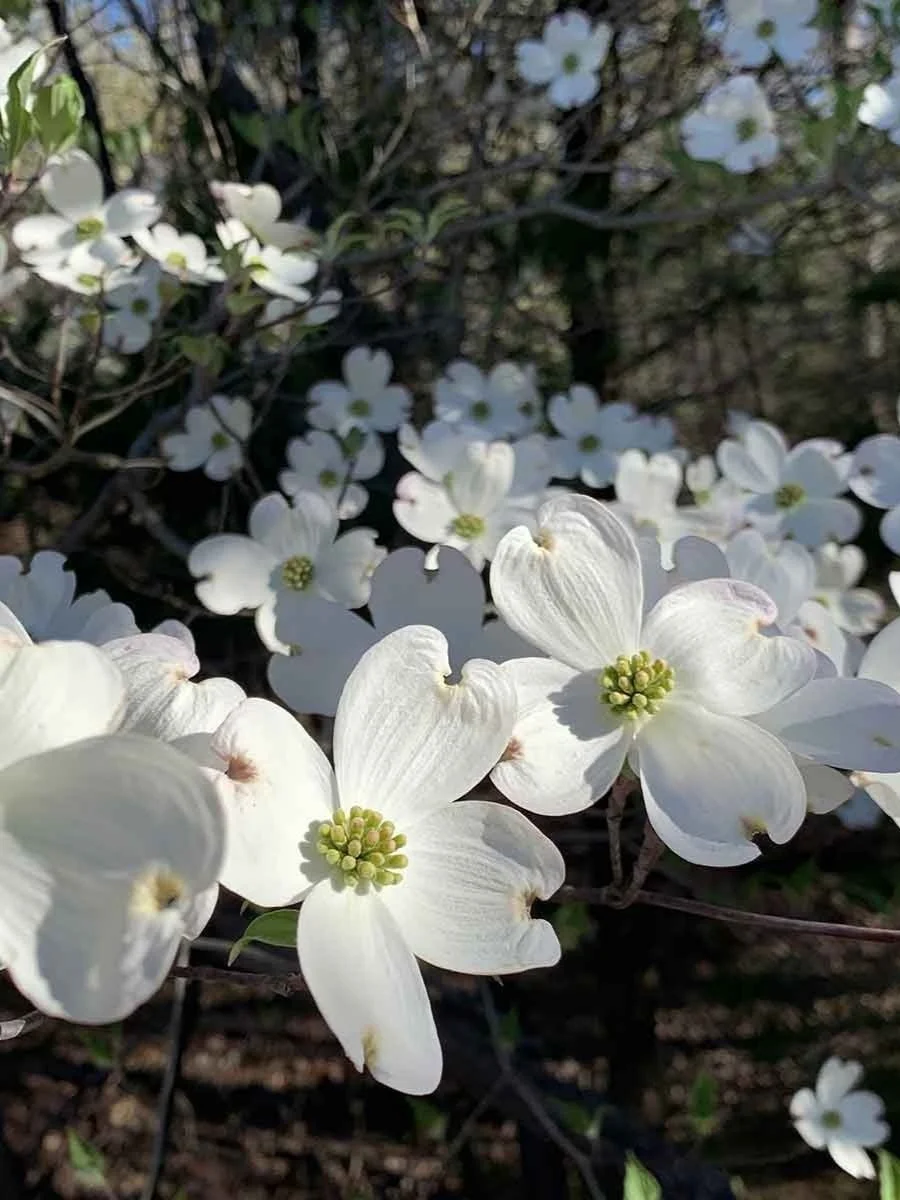

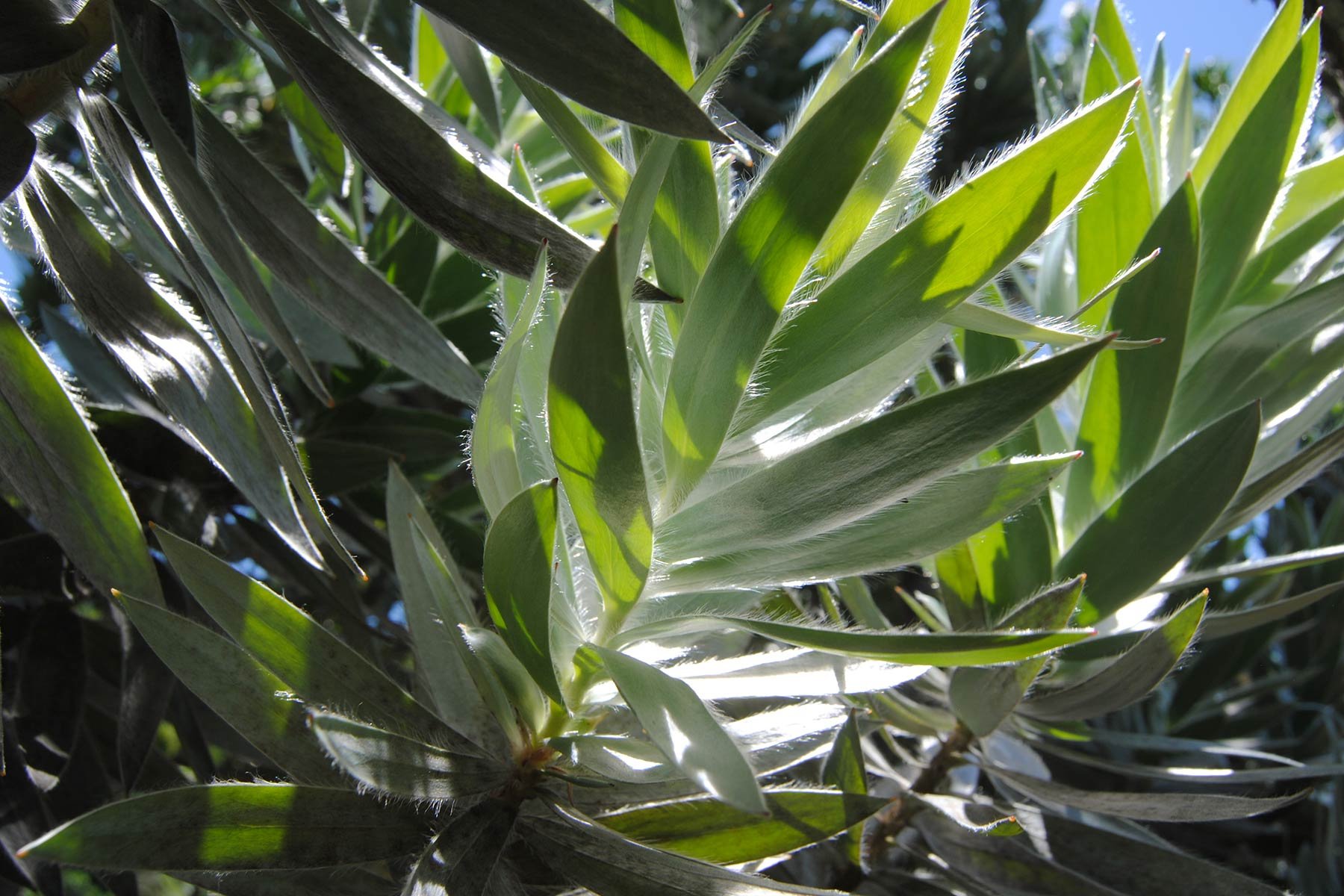





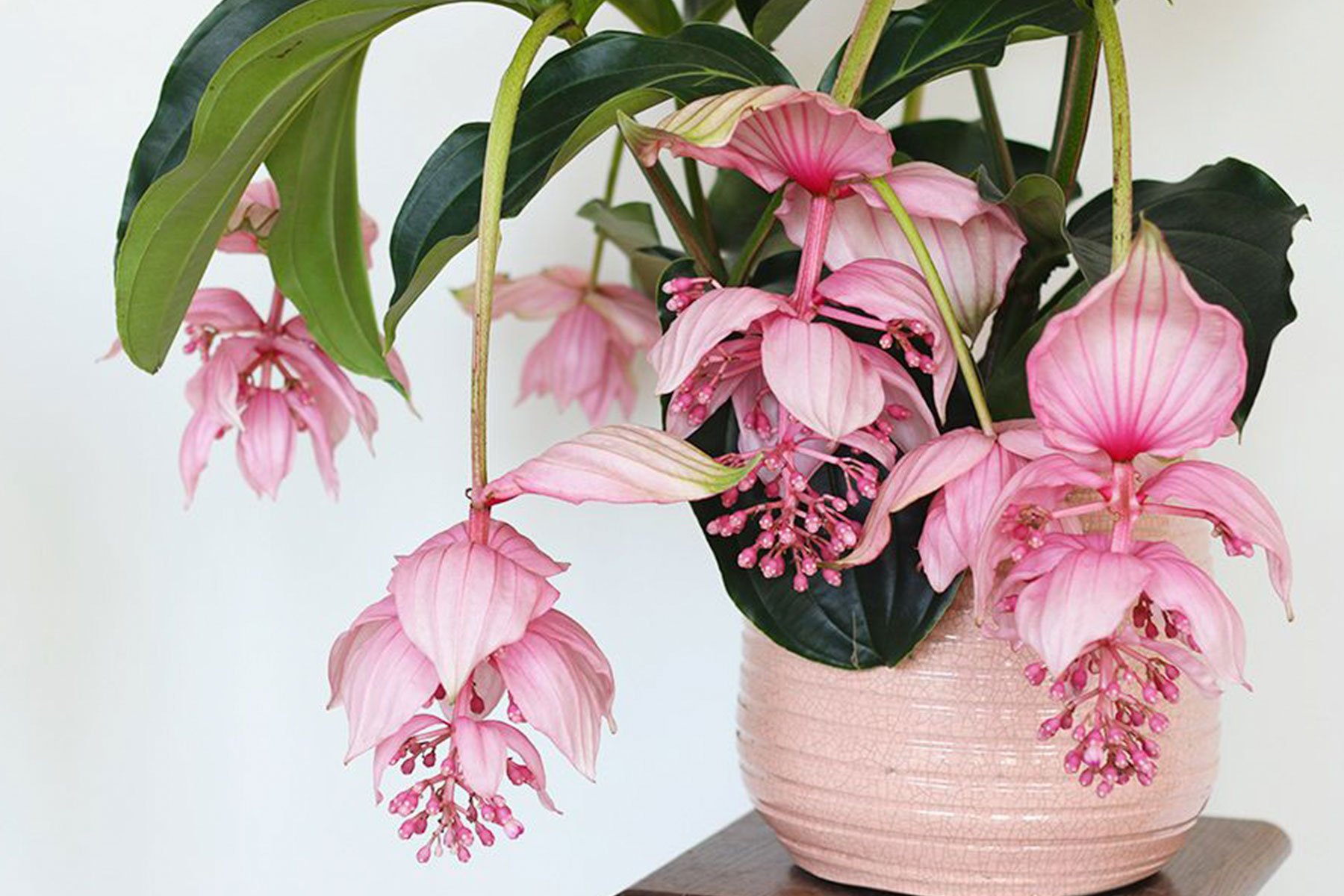
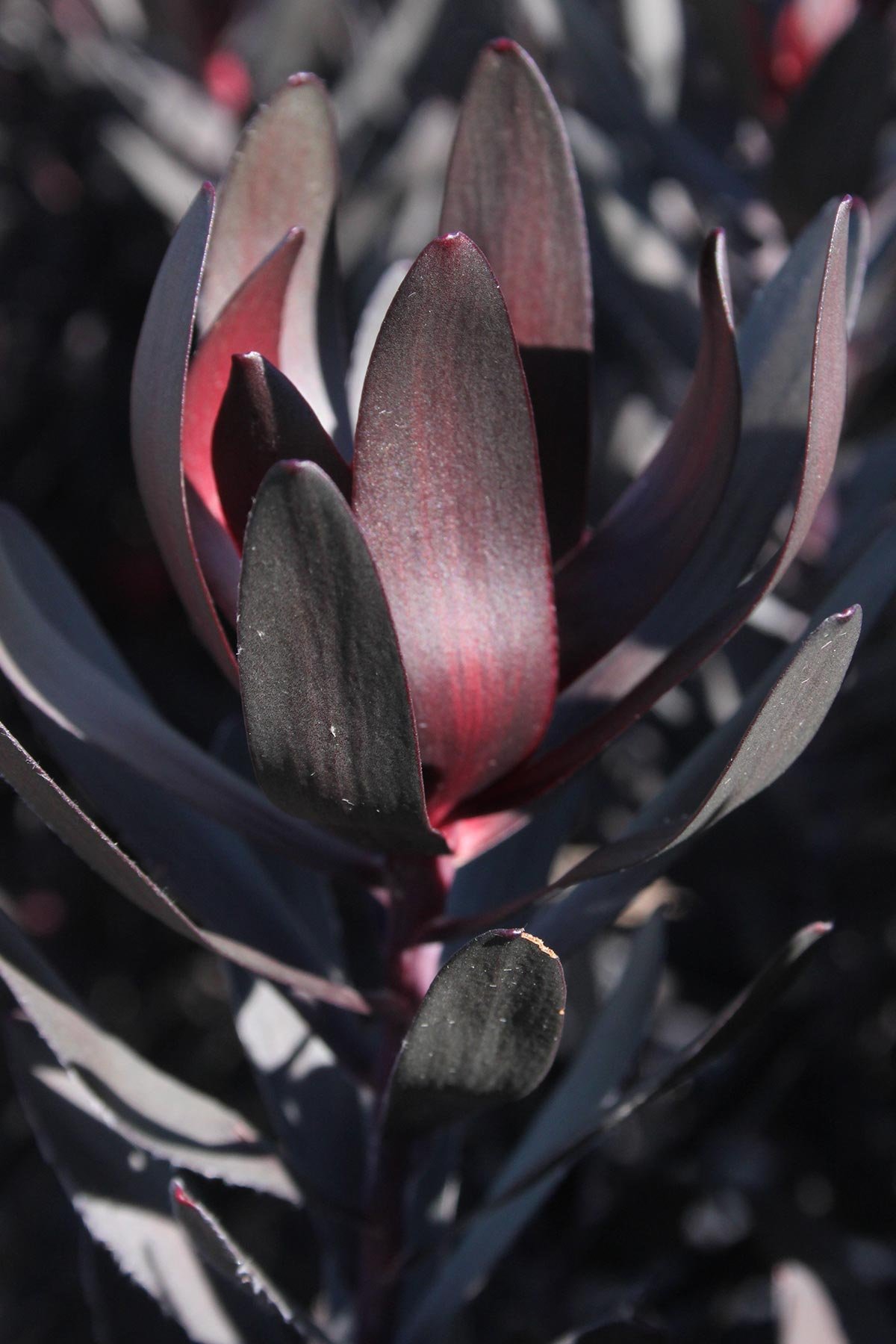



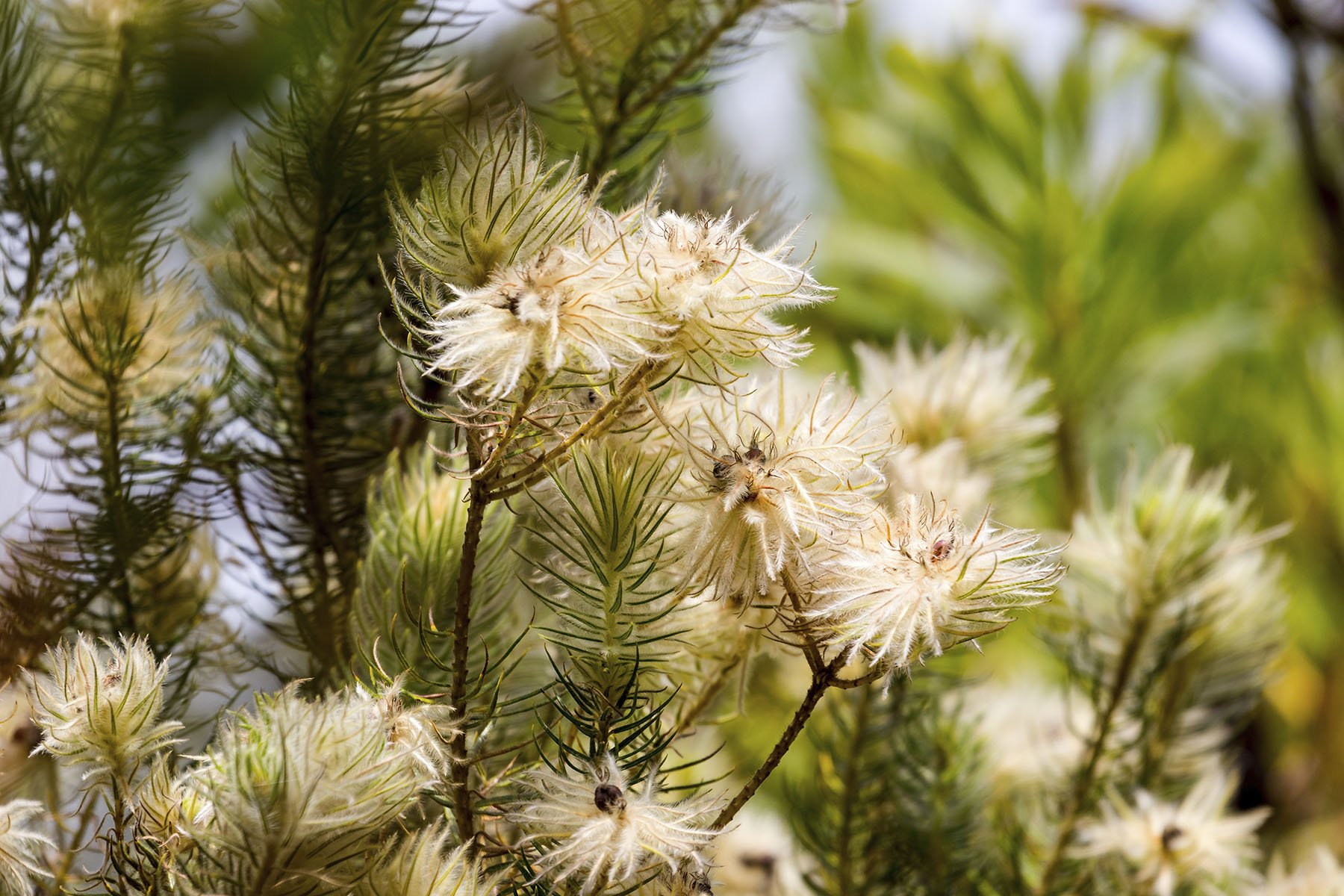
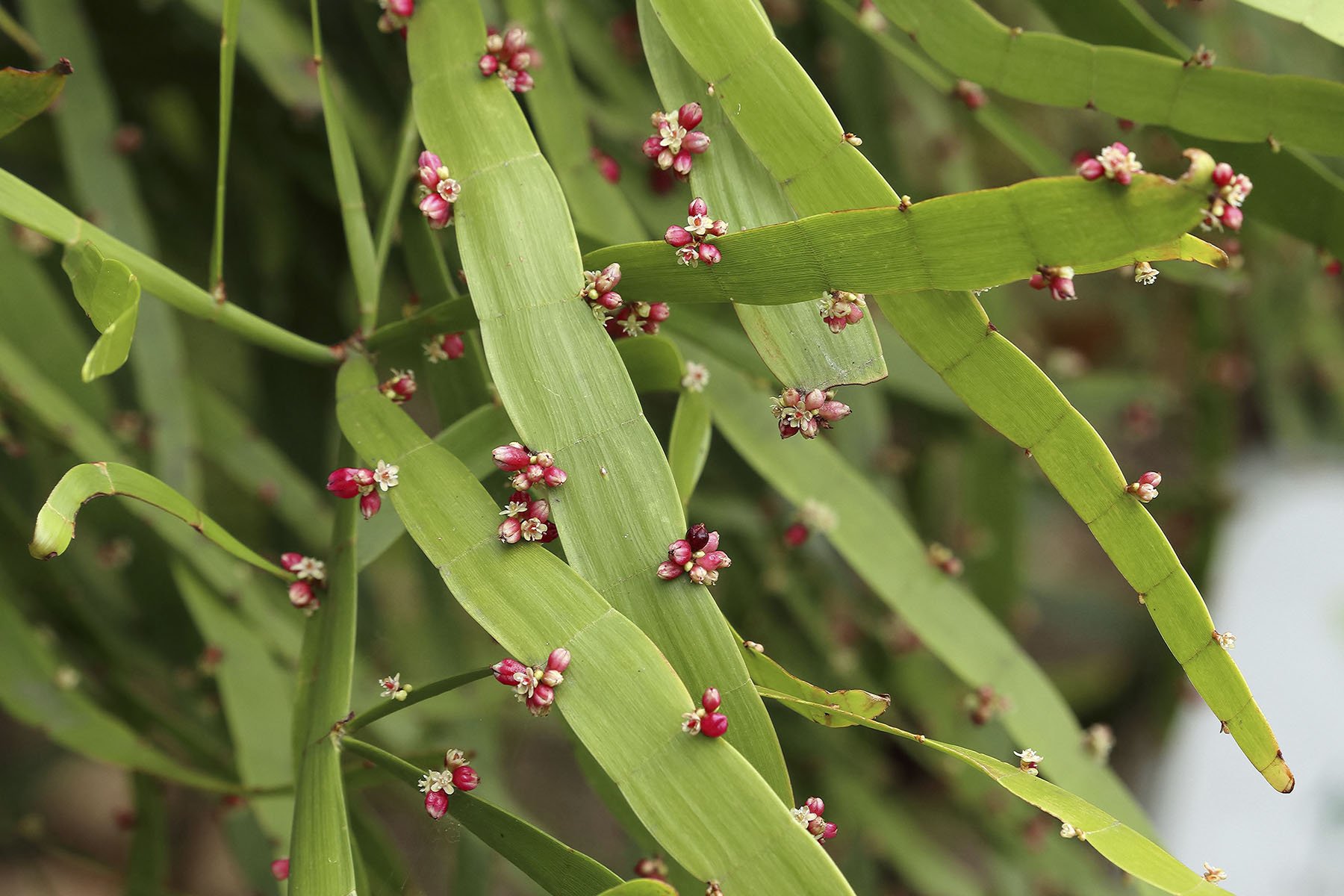

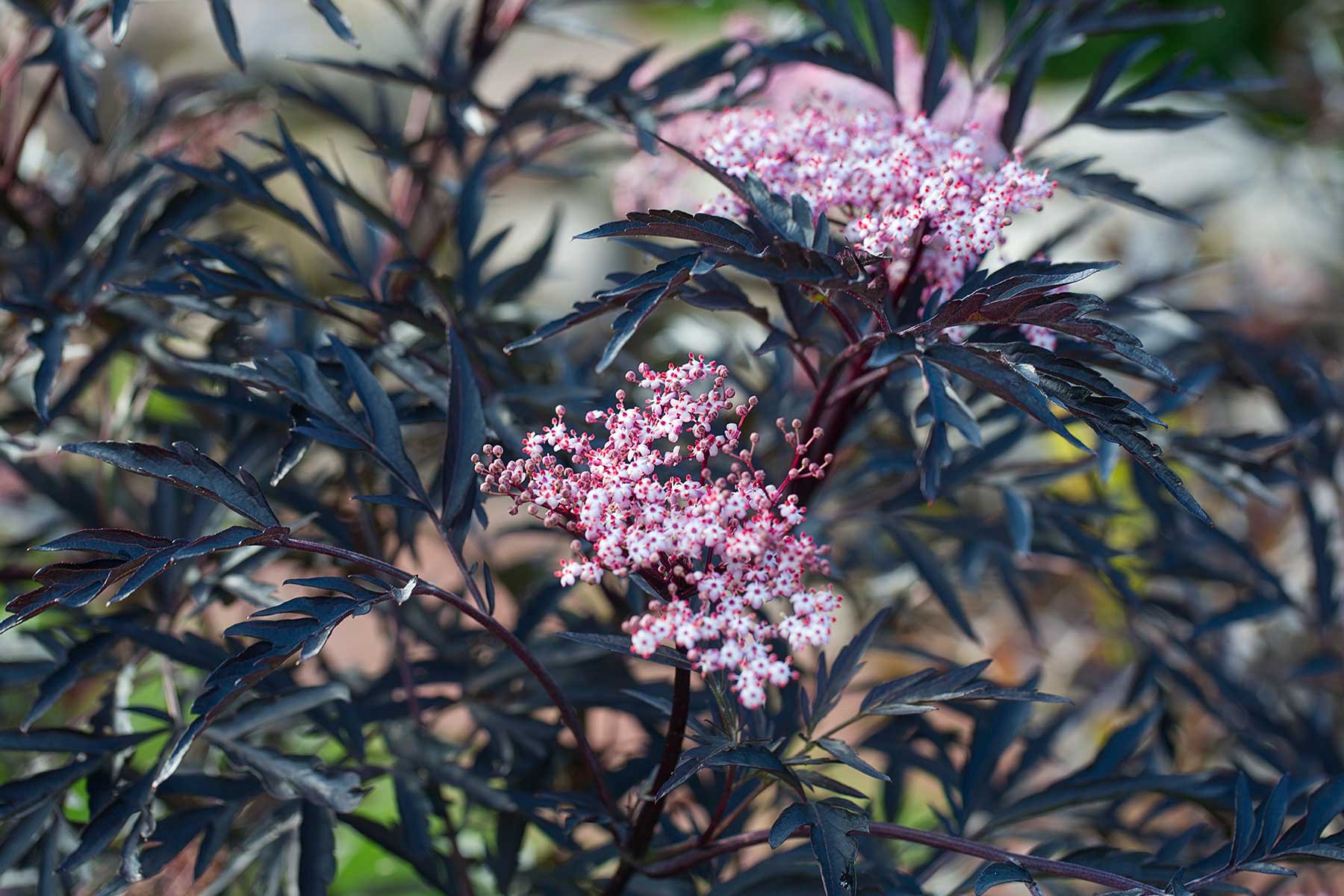


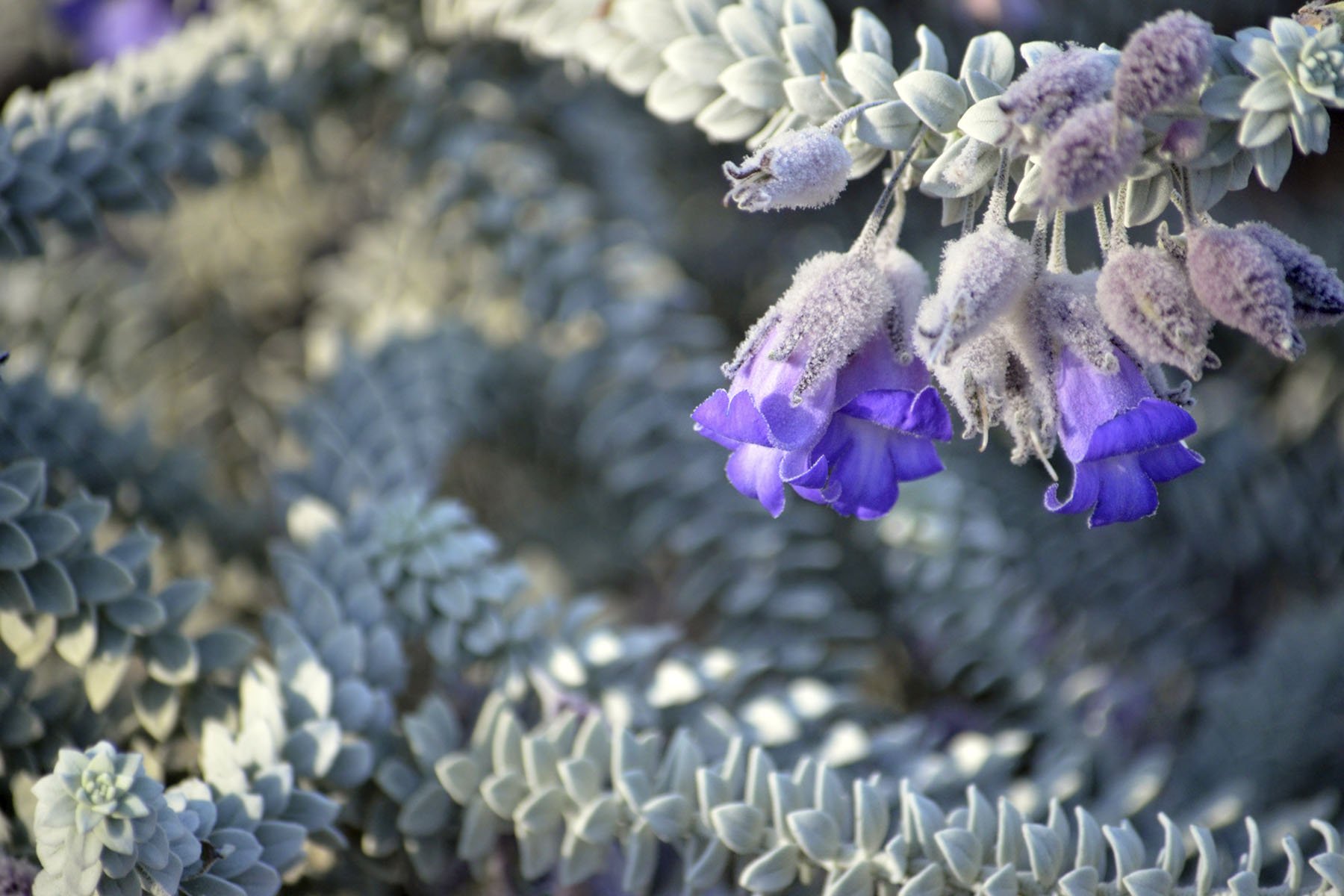


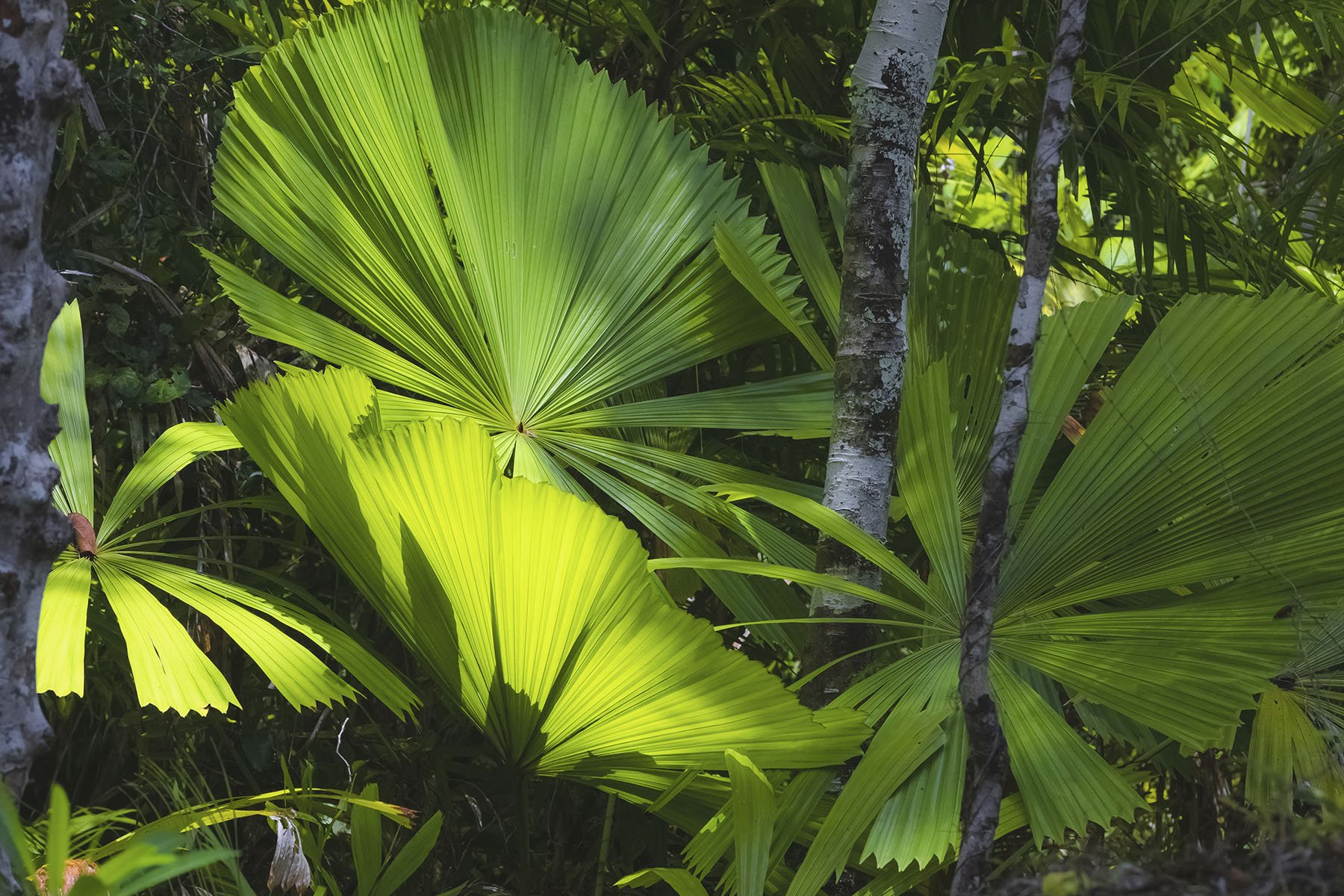

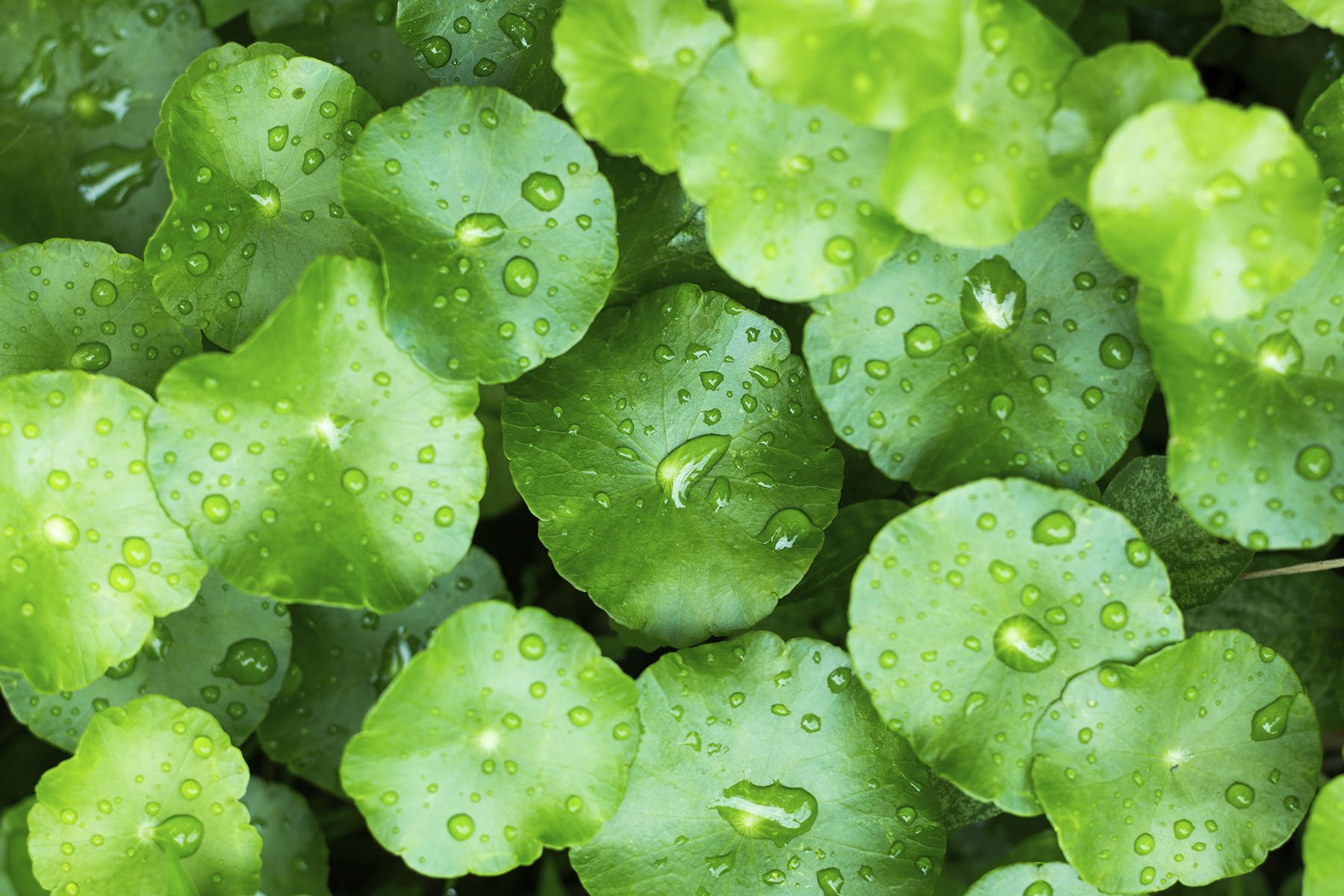
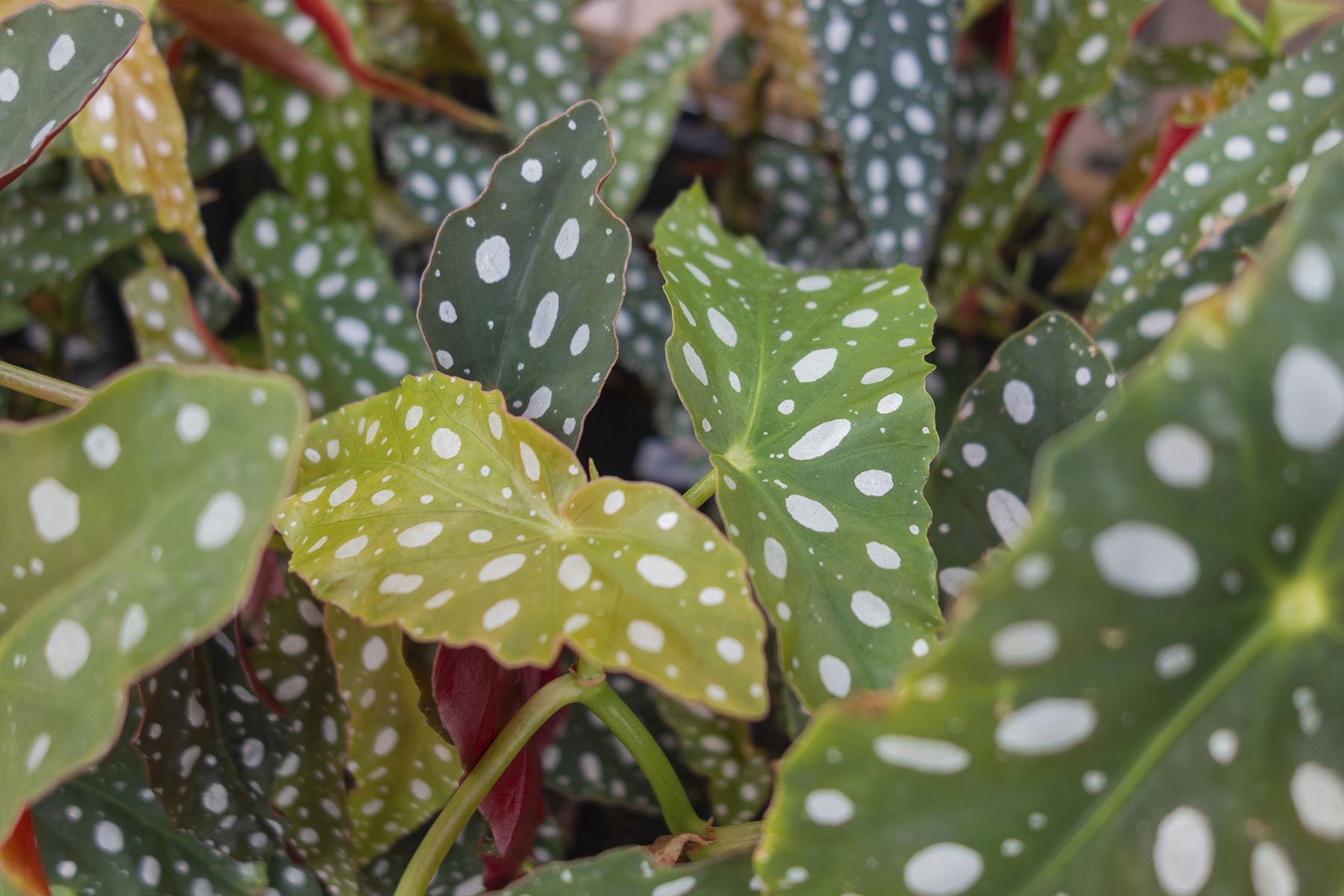

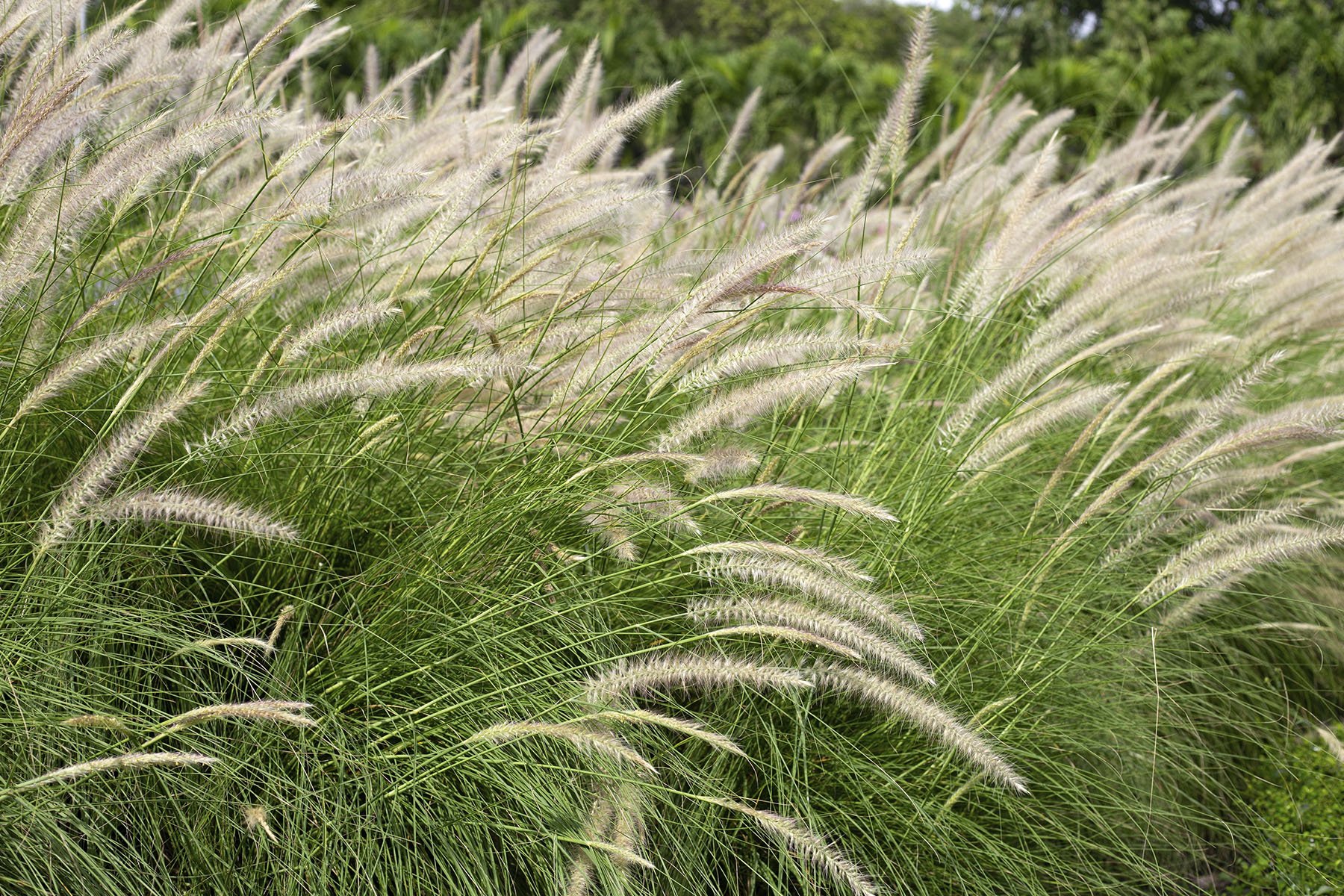
Hydrangea Quercifolia
A dramatic statement in any garden, giving a glorious accent of woodland vibes to all gardens it grows in.